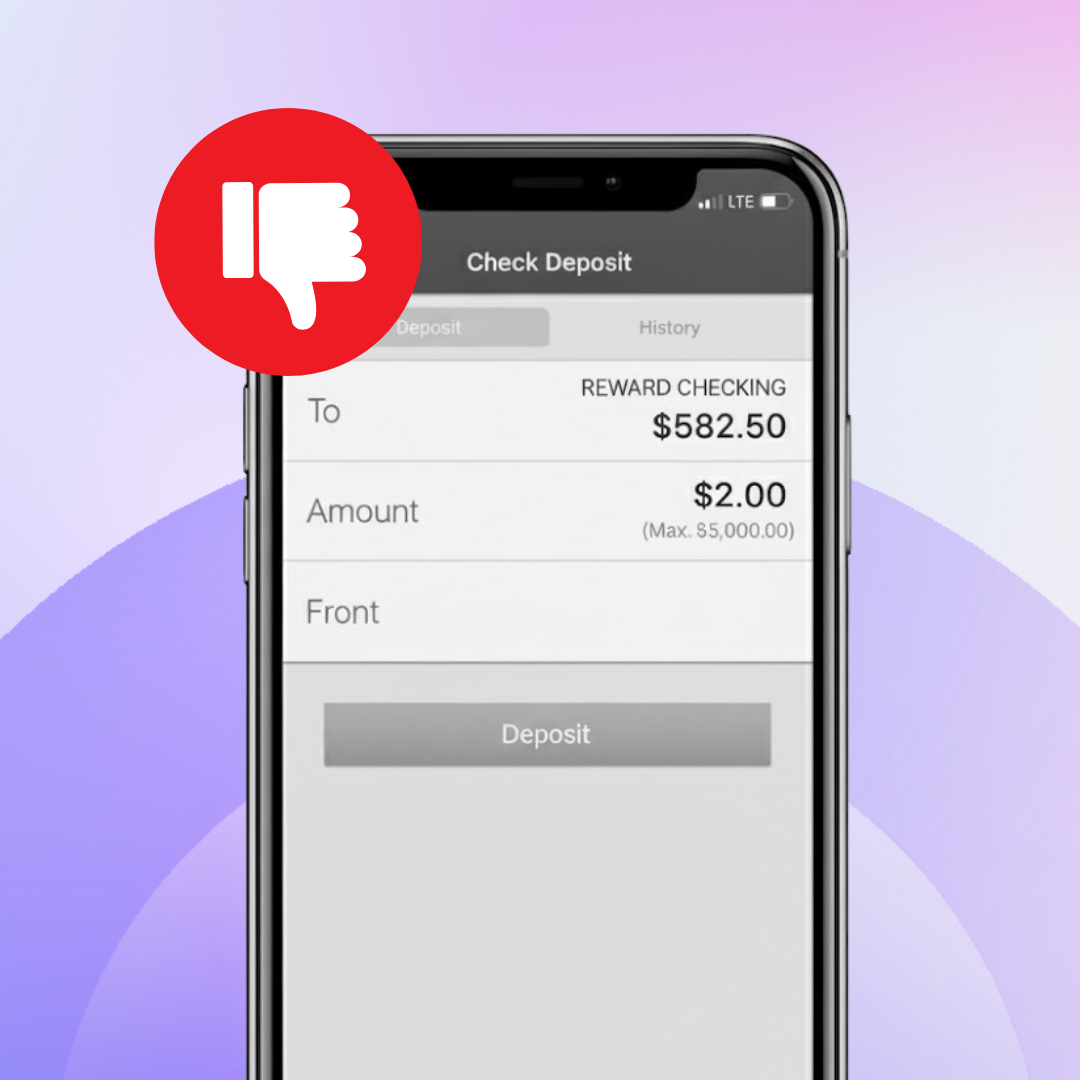Quick Overview
The Collections Landscape Has Changed—Has Your Strategy?
Credit unions have taken a member-first approach to collections for years, prioritizing relationships over aggressive recovery tactics. But the financial landscape is shifting, and the numbers tell a clear story: delinquencies and charge-offs are rising, and members are having difficulty keeping up.
The Data Behind the Urgency
The NCUA’s 2025 Supervisory Priorities put credit risk at the top of the list—and for good reason:
- Loan delinquencies have jumped more than 10% year-over-year.
- Net charge-offs are at their highest levels since 2012.
- More members struggle to keep up with payments, impacting everything from auto loans to personal lending.
Five Questions Every Credit Union and Community Bank Should Be Asking
As you evaluate your collections approach for 2025, here are five key questions to consider:
1. Are we being proactive—or just reacting to delinquency risk?
Delinquencies are rising, and waiting until a member is seriously past due is no longer an option. A reactive strategy only increases the likelihood of charge-offs.
Things to consider:
- Are we using historical data and analytics to identify at-risk members early?
- Do we have proactive outreach strategies in place before accounts become delinquent?
- Are we waiting too long to communicate by waiting until the end of our Grace Period?
- Are we offering flexible repayment solutions to help members before they fall too far behind?
2. Are our collections workflows built for efficiency—or creating bottlenecks?
If your team is still relying on manual processes—like mailing letters and making outbound calls—you’re likely wasting time on repetitive tasks, missing opportunities to connect with members through digital channels, and increasing operational costs without significantly improving recovery rates.
Things to consider:
- Are we automating routine collections tasks to free up staff time?
- Have we expanded beyond phone calls to include text, email, and digital outreach?
- Is our team spending more time on high-value work or getting stuck in manual processes?
- Do we have a backup plan in case of any sudden resignations or changes in FTE?
3. Are we giving members the self-service options they expect?
Today’s members expect digital solutions, but many credit unions still require phone calls or manual intervention to resolve past-due accounts. That’s friction they don’t want.
Things to consider:
- Do members have a self-serve payment portal with flexible options?
- Do our self-serve options (phone, web) come with extra fees passed on to the member?
- Can they set up payment plans online without calling an agent?
- Are we able to provide 24/7 support?
4. Do we have clear visibility into our collections performance?
Without real-time reporting, collections teams are often flying blind—unable to see which strategies are working and which need adjustment.
Things to consider:
- Are we tracking delinquency trends in real-time?
- Can we measure the effectiveness of outreach and member engagement?
- Do we have analytics that help us refine our approach instead of relying on guesswork?
5. Are we balancing strong recovery with member relationships?
The NCUA has made it clear: credit unions must strengthen collections strategies while still supporting members. That means finding the right balance between efficiency and empathy.
Things to consider:
- Are we putting members first, making it easy for them to get back on track without embarrassment?
- Are we offering flexible repayment options that align with member needs?
- Do we tailor our outreach based on demographics and loan types rather than a one-size-fits-all approach?
- Are we ensuring our collections process doesn’t erode member trust?
How Technology Can Help Credit Unions Adapt
With delinquencies rising and regulatory expectations increasing, community financial institutions must rethink their collections approach. This isn’t about doing more of the same—it’s about using better tools and more thoughtful strategies to improve outcomes.
That’s where modern collections technology comes in.
Eltropy’s Collections 2.0 solution helps credit unions and community banks:
- Automate collections workflows, reducing manual effort for staff.
- Engage members through digital-first channels, increasing repayment rates.
- Enable self-serve payments, making it easier for members to take action.
- Gain real-time insights so collections strategies can evolve with market conditions.
By adopting AI-powered collections strategies, credit unions and community banks can reduce delinquencies, improve recovery rates, and maintain strong member relationships while meeting NCUA expectations.
The Time to Act is Now
The NCUA’s 2025 Supervisory Priorities send a clear message: credit unions can’t afford to take a wait-and-see approach to collections. Rising delinquencies aren’t just a possibility—they’re already happening.
The question isn’t if credit unions need to evolve their collections strategies. The question is: how soon will you take action?
Eltropy’s Collections 2.0 suite is here to help.
Our seamless, AI-driven collections solution is designed to help Credit Unions and Community Banks carry out member-centric collections while enhancing recovery rates, maximizing agent productivity, and transforming every interaction into an opportunity to build stronger member relationships – with the right tools and strategies.
Schedule a strategy session with our team today and explore how your credit union and community bank can build a smarter, more member-friendly collections strategy.








